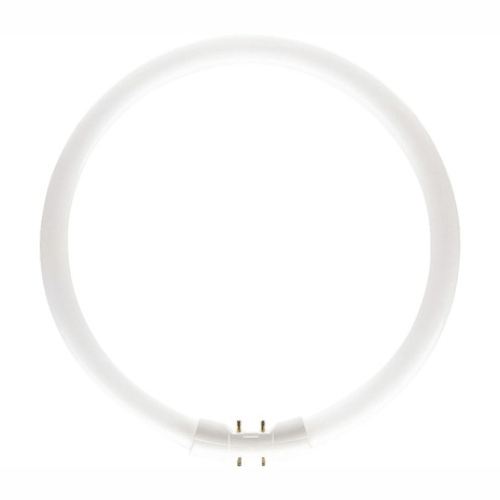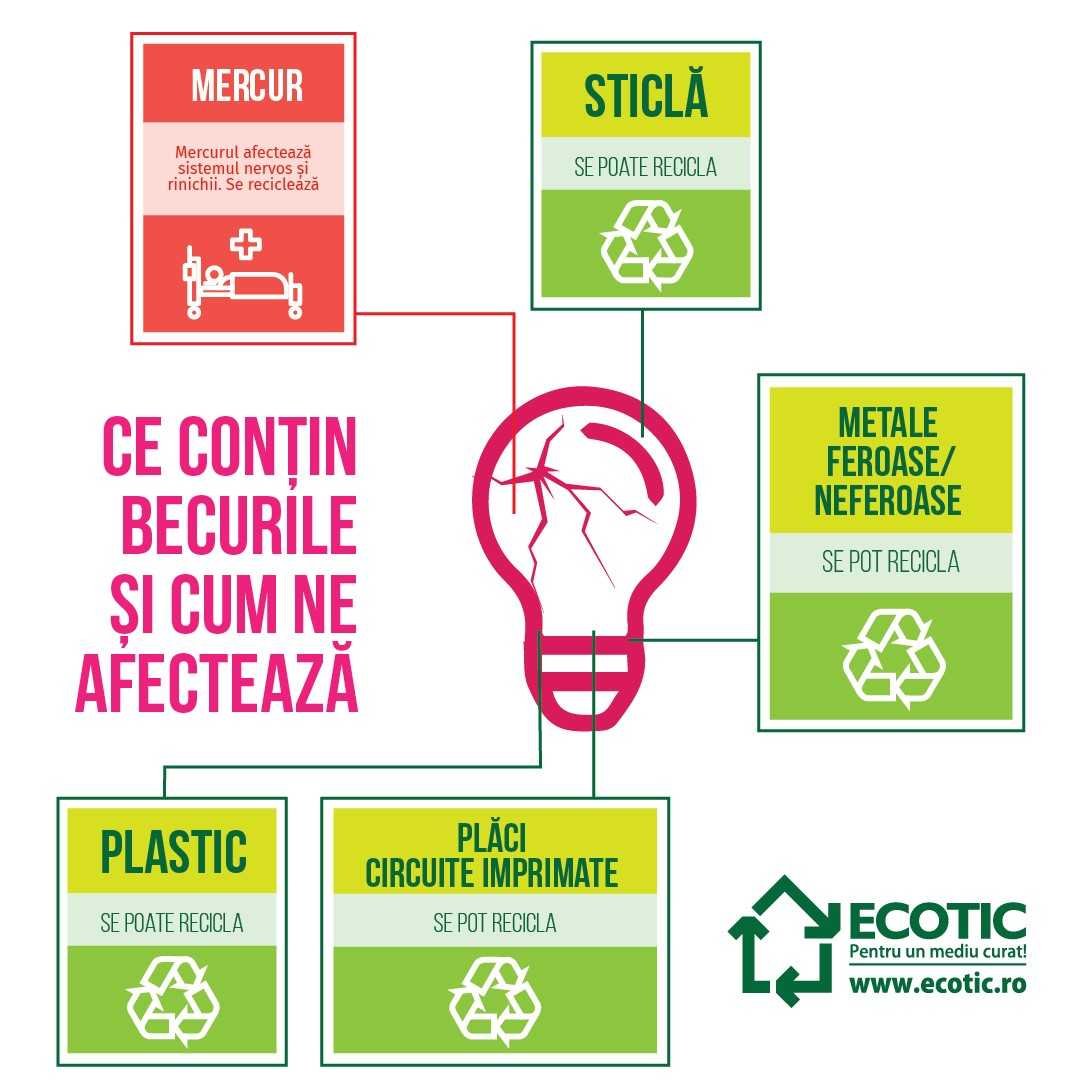Bulbs And neons
Lamps, bulbs, tubes and neon lights are also included in the WEEE category.
They fall into two categories:
Non-hazardous:
LED bulbs

Halogen bulbs

Hazardous:
Fluorescent tubes

Circular tubes

High intensity discharge bulbs

Compact fluorescent lamp

Why recycle?
To the question "Why recycle?" the answer is a simple one - Because you have to! It is important to recycle everything that can be recycled. Bulbs and neon lights, which we traditionally call “eco-friendly or economical bulbs”, should not be lost in nature, they should be recycled because they contain mercury vapor.
In general, fluorescent lamps are four to five times more efficient than incandescent bulbs.

- Fluorescent lamps reduce the need for power plants to burn fossil fuels to generate electricity, thus reducing emissions including mercury, carbon dioxide and other pollutants that contribute to climate change.
- These lamps reduce solid waste because they last longer than incandescent or halogen lamps and require less frequent replacement.
- Energy-efficient lighting products such as fluorescent lamps, CFLs and high-intensity discharge (HID) lamps contain small amounts of mercury.
- Mercury is contained inside the lamp and is not exposed to the environment unless the lamp is broken
- Mercury release is most likely to occur when the lamp breaks or is discarded and not placed in a collection container.
- Although lamps are not a major source of mercury pollution, improper disposal of a large number of lamps adds mercury in the environment. The incineration of hazardous waste or the incineration of discarded materials can also release mercury into the environment. The largest source of man-made mercury emissions, ~ 4%, comes from fossil fuel plants.
- The best way to prevent the release of mercury from light sources is to recycle the lamps and not throw them into the solid waste stream. Recycling lamps capture mercury, allowing it to be reused.
Which bulbs contain mercury?
- Fluorescent lamps
- Linear, tubular U and circline fluorescent tubes
- Insect zapper
- Tanning bulbs
- UV A light
- Germicidal bulbs
- High power bulbs and
- Cold cathode fluorescent bulbs.
2. High intensity discharge bulbs
-
- metal halides
- metal halides, ceramic
- High pressure sodium and mercury vapor
3. Mercury short arc bulbs;
4. Neon bulbs.

-
Separate collection and recycling of this waste is essential from two perspectives:
- Economical - recoverable secondary raw materials, such as mercury, which is a valuable but also extremely harmful material, can be reused in the production of other equipment. Jobs are created and raw materials are no longer lost.
- Environmental - Mercury is extremely harmful to the environment and human health. Bulbs and neon lights do not have to reach nature!
HOW DO BULBS AFFECT THE PLANET AND PEOPLE'S HEALTH?

Treatment
On treatment, recycling and recovery side of lamps we collaborate with GREENWEEEE INTERNATIONAL which:
- It is authorized for the collection, transport and treatment of:
- straight and compact fluorescent lamps
- high-intensity gas discharge lamps, including high-pressure sodium vapor lamps and metal halide lamps
- low-pressure sodium vapor lamps
- other lighting materials (eg LEDs), except filament bulbs
- All technological lines are designed for processing used lighting equipment resulting in: glass, ferrous and non-ferrous metals, fluorescent powder
- Have a technological process that allows the recovery of mercury from fluorescent powder collected from fluorescent lamps and mercury vapor lamps and from high intensity discharge (HID) lamps

The main materials resulting from mechanical treatment of LEDs:
- Glass
- Plastic materials
- Metals
- Ceramic
- Organic compounds or adhesives and
- Electronic components
The LED itself contains small amounts of critical elements, including rare earth metals (e.g., lutetium (Lu), cerium (Ce) or europium (Eu)), technological metals (gallium (Ga), and indium (In)) and precious metals (gold (Au) and silver (Ag)).
